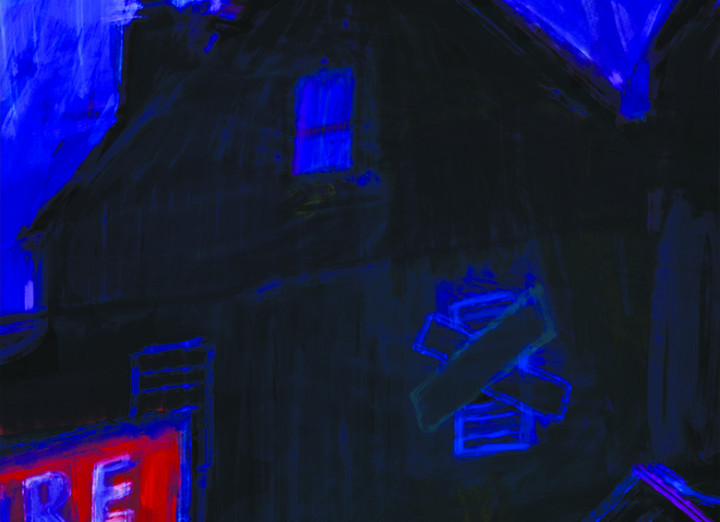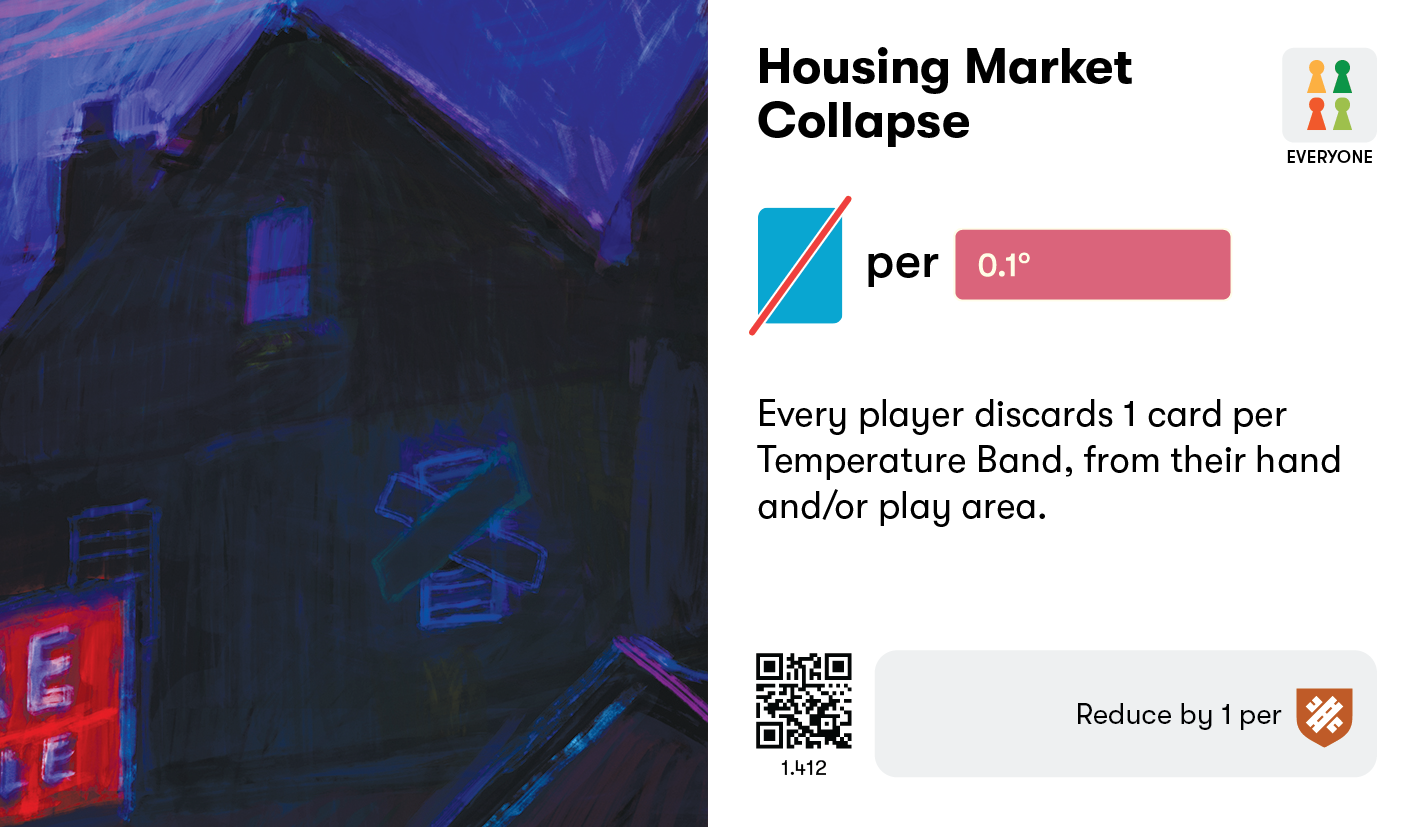Housing Market Collapse
Crisis
Housing ‘bubbles’ periodically occur in economies. This is when the price of homes increases rapidly. Bubbles are partly caused by people buying homes because they speculate that prices will continue to rapidly rise and they will therefore make more money in the future. This leads more people to buy up homes, so prices go up: a feedback loop. A housing crash often follows a bubble, when prices start to fall, leading people to sell homes, and the price to fall more. A crash often impacts the wider economy, like during the 2007/8 global financial crisis, as so many banks and people are invested in property.
The effects of the climate emergency could be the initial trigger that leads people to realize that the actual value of their home is considerably lower than the price being paid. Buildings are vulnerable to rising sea levels and storms. Consistent evidence shows that the risks from these events are not reflected in many house prices. House prices might dramatically change to include these risks, stimulated by a particularly severe event. This could lead to a housing crash.
More is needed to help homes in vulnerable areas become better adapted. Low income communities are disproportionately affected and often have no insurance, and live in worse quality buildings that are less well served by emergency services.
Every player must discard 1 card per Temperature Band, from their hand and/or play area.
Players can reduce this effect by 1 for each Infrastructure Resilience token in their player board.
For example: 3 Temperature Bands – 2 Infrastructure Resilience = discard 1 card.
Cards discarded from the play area can come from anywhere in any stack, including the front card. If a player discards the front card from a stack, the action on the card directly beneath it becomes available.
Resilience tokens are not discarded.

The climate change real estate bubble risks billions (Axios)
A hidden time bomb? A 'Big Short' investor sees financial disaster brewing in housing markets (CNBC)
How innovative disaster risk financing can help Africa tackle impacts of climate change (World Economic Forum, WEF)
How will the Global South pay for the climate change damage? (New Internationalist)
Cancel debt to help climate vulnerable nations.
Campaign against the financialization of our homes, and instead for more social housing and fair conditions for everyone, wherever they live.